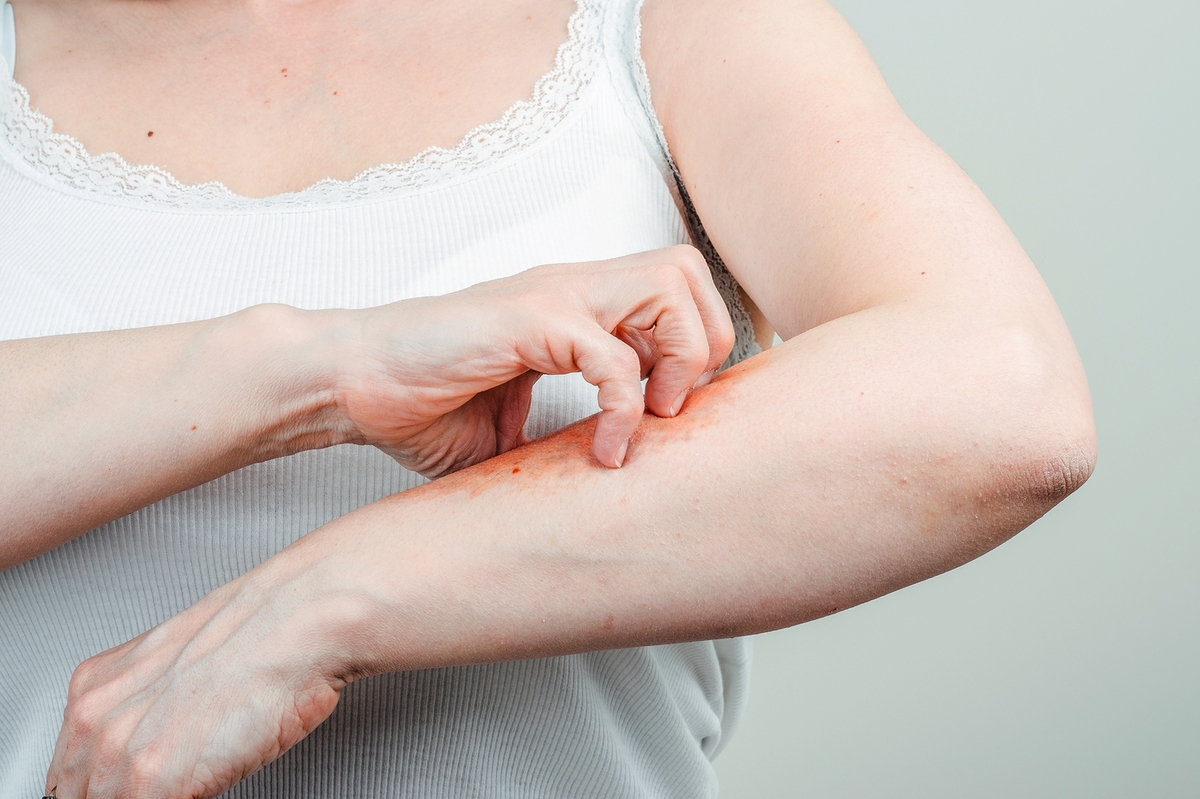Effective Strategies for Rapid Recovery from C. difficile Infection

Clostridioides difficile, commonly known as C. difficile or C. diff, is a bacterium that can cause severe diarrhea and more serious intestinal conditions such as colitis. This infection often occurs after the use of antibiotic medications, which can disrupt the normal balance of bacteria in the gut. Rapid recovery from C. difficile is crucial to prevent complications and improve quality of life. This article explores the most effective strategies for a quick recovery from C. difficile infection.
C. difficile infection (CDI) is a significant health concern, particularly in healthcare settings. The infection can range from mild to severe, and in some cases, it can be life-threatening. Here are some of the most effective strategies to expedite recovery from C. difficile infection:
-
Prompt Medical Treatment : The first step in treating C. difficile is to stop the antibiotic that triggered the infection, if possible. Healthcare providers may prescribe specific antibiotics that target C. difficile, such as vancomycin or fidaxomicin. These medications help to eliminate the bacteria and reduce symptoms.
-
Probiotics : Probiotics are beneficial bacteria that can help restore the natural balance of the gut microbiome. Some studies suggest that taking probiotics during and after antibiotic treatment can reduce the risk of recurrent C. difficile infections. Probiotics such as Saccharomyces boulardii and Lactobacillus species have shown promise in supporting gut health.
-
Hydration and Nutrition : Maintaining proper hydration is essential, especially when experiencing diarrhea. Drinking plenty of fluids, such as water, oral rehydration solutions, and clear broths, can help prevent dehydration. Additionally, a balanced diet rich in nutrients supports the immune system and aids in recovery. Foods that are easy to digest, such as bananas, rice, applesauce, and toast (the BRAT diet), can be beneficial during the acute phase of the infection.
-
Fecal Microbiota Transplantation (FMT) : For patients with recurrent C. difficile infections, FMT has emerged as a highly effective treatment. This procedure involves transplanting stool from a healthy donor into the patient’s colon to restore a healthy balance of bacteria. FMT has shown high success rates in resolving recurrent infections and is considered a safe and effective option for those who do not respond to standard treatments.
-
Infection Control Measures : Preventing the spread of C. difficile is crucial, especially in healthcare settings. Patients should practice good hand hygiene, using soap and water rather than alcohol-based hand sanitizers, as C. difficile spores are resistant to alcohol. Healthcare providers should follow strict infection control protocols, including the use of personal protective equipment and thorough cleaning of surfaces with disinfectants effective against C. difficile spores.
-
Follow-Up Care : Regular follow-up with healthcare providers is essential to monitor recovery and prevent recurrence. Patients should report any new or worsening symptoms promptly. In some cases, additional treatments or adjustments to the initial treatment plan may be necessary to ensure complete recovery.
-
Supportive Care : Managing symptoms and providing supportive care can significantly improve the patient’s comfort and recovery. This may include medications to control diarrhea, pain management, and ensuring adequate rest. Emotional support from family, friends, and healthcare professionals can also play a vital role in the recovery process.
Recovering from a C. difficile infection requires a multifaceted approach that includes prompt medical treatment, supportive care, and preventive measures. By following these strategies, patients can achieve a quicker recovery and reduce the risk of recurrence. It is essential to work closely with healthcare providers to develop an individualized treatment plan that addresses the specific needs of each patient. With the right care and attention, it is possible to overcome C. difficile and restore gut health.



